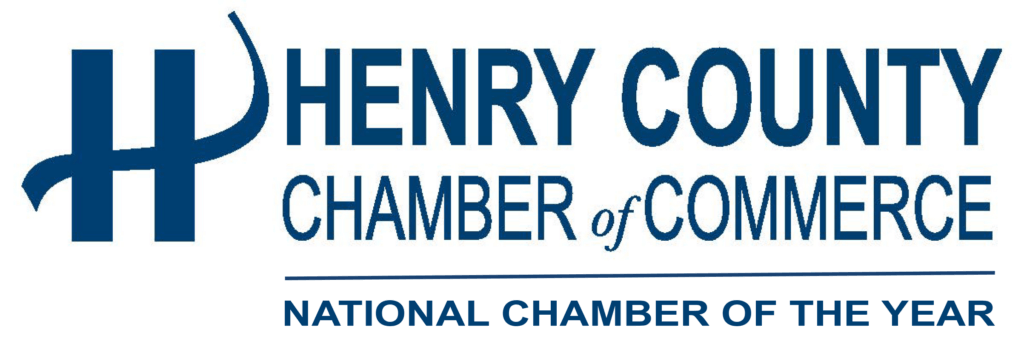Proven Strategies to Get More Customer Referrals for Your Small Business
Word-of-mouth remains one of the most powerful growth channels for local businesses. A strong referral network doesn’t just bring in new customers—it brings in qualified ones who already trust you because they’ve heard about your service from someone they know.
Below are strategies any small business owner can use to turn satisfied customers into enthusiastic advocates.
1. Deliver a “Share-Worthy” Experience
The foundation of any referral strategy is an experience customers want to talk about. Whether you run a bakery, design studio, or auto repair shop, people are more likely to refer you if:
-
Their expectations are exceeded (not just met)
-
They feel personally valued and recognized
-
They can easily explain your unique value to others
One way to systematize this is to capture customer feedback through quick surveys. Free tools like Typeform help you identify what clients love—and what needs polishing.
2. Formalize Partnerships With Local Businesses
Referrals don’t always have to come directly from customers. Many small businesses grow faster by teaming up with complementary companies in their community.
For example:
-
A coffee shop partners with a local bookstore to cross-promote events.
-
A fitness trainer partners with a meal prep service.
-
A landscaper partners with a hardware store for discounts.
When creating partnerships, an informal agreement keeps both sides aligned. A memorandum of understanding (MOU)—sometimes called a letter of intent—outlines what each party will contribute without being legally binding. It’s a simple step that builds clarity and trust; check this out for more info.
3. Make Referrals Simple and Rewarding
Customers are more likely to refer if the process is easy and the reward feels worthwhile.
-
Digital referral programs: Apps like Referral Rock automate the tracking of who referred whom.
-
Instant recognition: Even a handwritten thank-you card or small gift can reinforce the behavior.
-
Tiered rewards: Offer escalating perks—like a discount on the first referral, a free upgrade on the second, and a premium bonus for the third.
4. Showcase Social Proof
People trust what their peers say. Showcasing referrals and testimonials can accelerate the cycle:
-
Feature customer shout-outs on your Instagram Business account.
-
Collect Google Business reviews and display them on your website.
-
Highlight case studies or short stories using tools like Notion to organize and publish them.
This creates a loop: the more referrals you receive, the more social proof you can display—sparking even more referrals.
5. Train Your Team to Ask Confidently
Sometimes, referrals don’t happen simply because no one asked. Train staff to confidently—but respectfully—make the ask.
A short script works wonders:
-
When: after resolving an issue, during a positive service interaction, or at the end of a successful project.
-
How: “If you know someone who’d benefit from what we do, we’d love for you to share our info.”
For consistency, use internal tools like Asana to track referral requests and outcomes.
Comparison Table: Referral Incentives
|
Incentive Type |
Cost to Business |
Effort Required |
Customer Appeal |
Best Use Case |
|
Discount on Next Purchase |
Low |
Low |
Medium |
Retail, service providers |
|
Free Upgrade |
Medium |
Low |
High |
Subscription-based services |
|
Gift Card |
Medium |
Medium |
High |
Restaurants, local shops |
|
Exclusive Access (VIP event, beta feature) |
Low |
High |
Medium |
Tech, creative services |
|
Charitable Donation in Customer’s Name |
Variable |
Low |
High |
Community-focused businesses |
FAQ: Customer Referral Programs
Should I pay customers for referrals?
Not always. Sometimes recognition alone (thank-you notes, public shout-outs) is enough. Rewards should fit your brand culture.
How do I avoid spammy referrals?
Set clear guidelines—e.g., the referred person must make a purchase or sign a contract before the reward is released.
How do I track referrals?
Simple methods include tracking codes, referral links, or even unique coupon codes. Software like HubSpot CRM can automate this.
Is it worth building partnerships outside my industry?
Yes—if the audiences overlap meaningfully. For instance, a yoga studio might partner with a wellness blogger or local health food store.
? Conclusion
Customer referrals thrive on three elements: delivering remarkable service, making referrals easy, and reinforcing the behavior with recognition or rewards. By formalizing partnerships, celebrating loyal customers, and using digital tools, small business owners can transform happy customers into their most effective marketing channel.
Join the Henry County Chamber and unlock a world of opportunities to grow your business, connect with leaders, and contribute to the vibrant economic landscape of our community!
Adobe Acrobat
-
Ellen Sartin Marketing Coordinator
- October 02, 2025
- (408) 753-5826
- Send Email


